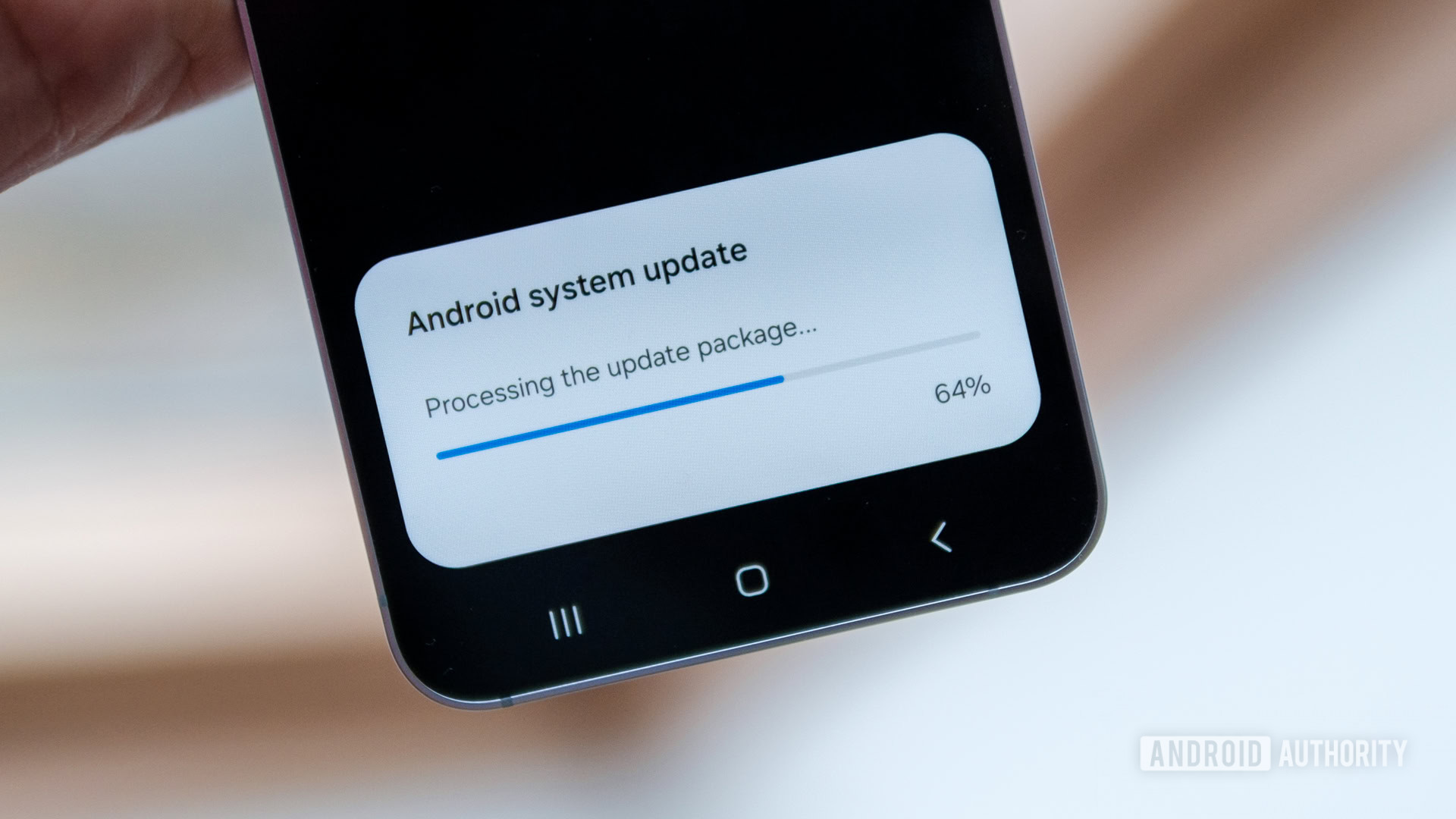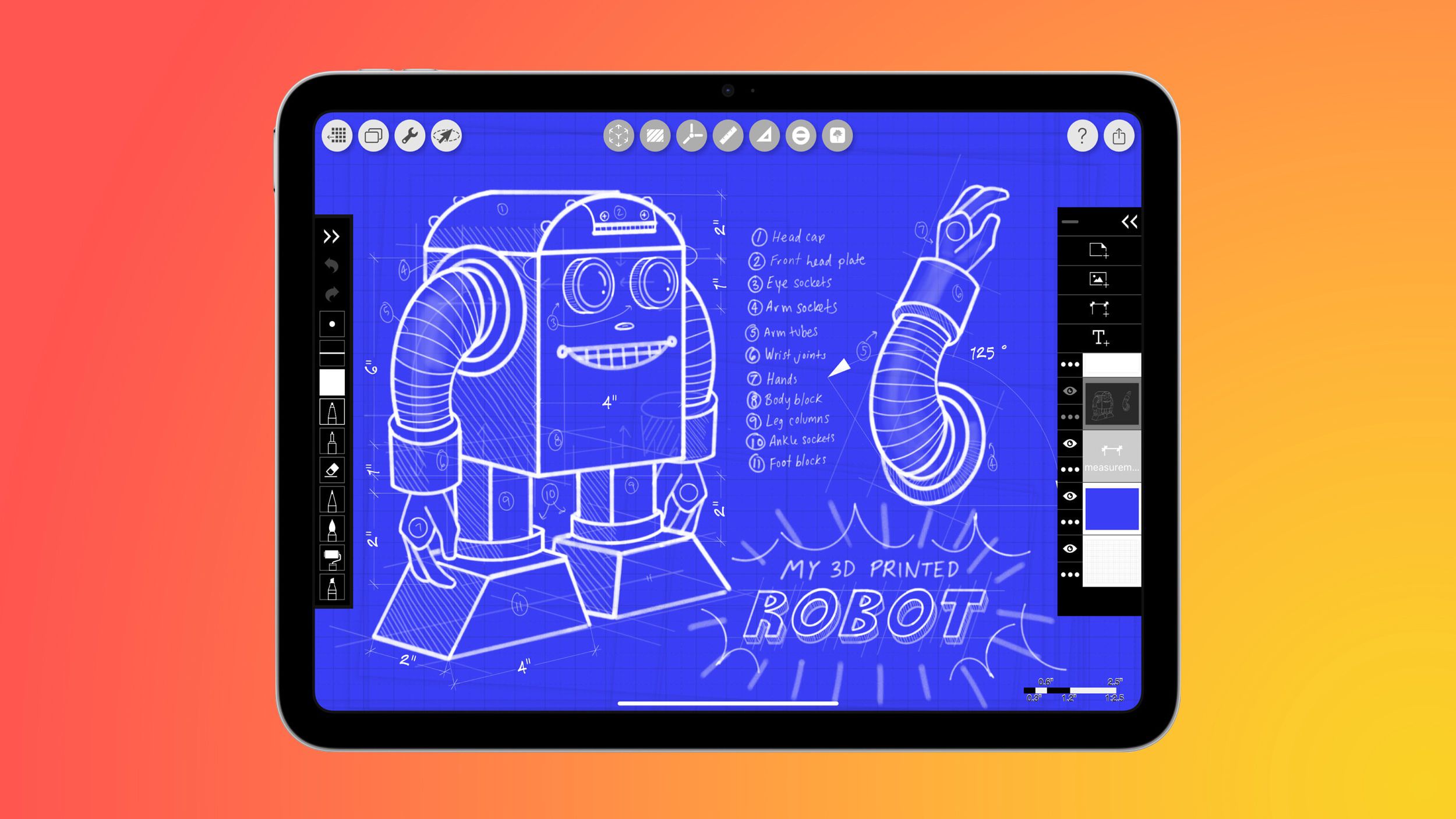Robert Triggs / Android Authority
Whatever the reason, it’s not a great look for a smartphone series that prides itself on trailblazing long-term handset support. I wouldn’t blame you for wondering whether seven years of promised updates are all they’re cracked up to be. But as we’ve said before, long-term support doesn’t necessarily guarantee access to every little feature — a readily apparent reality, even for phones barely a couple of years old.
In some sense, this is a problem of expectation management. By promising the earth, brands have set consumers up for inevitable disappointment. When you see a feature hyped up for Android 16, One UI 8, Oxygen OS, or what have you, but it’s missing when the update finally rolls around to your older handset, you’re bound to be annoyed. This is especially true when a missing feature “feels” like it should work, or worse, can be proven to work on an older model.
Could Google have better communicated why the Pixel 8 won’t support the new battery health feature? Absolutely. But is it feasible for every brand to detail every missing or diluted feature for every phone over their five, six, or seven-year lifecycle? Of course not.
Do 7 years of updates still matter even if features are withheld from older devices?
19641 votes
Hardware ages faster than software
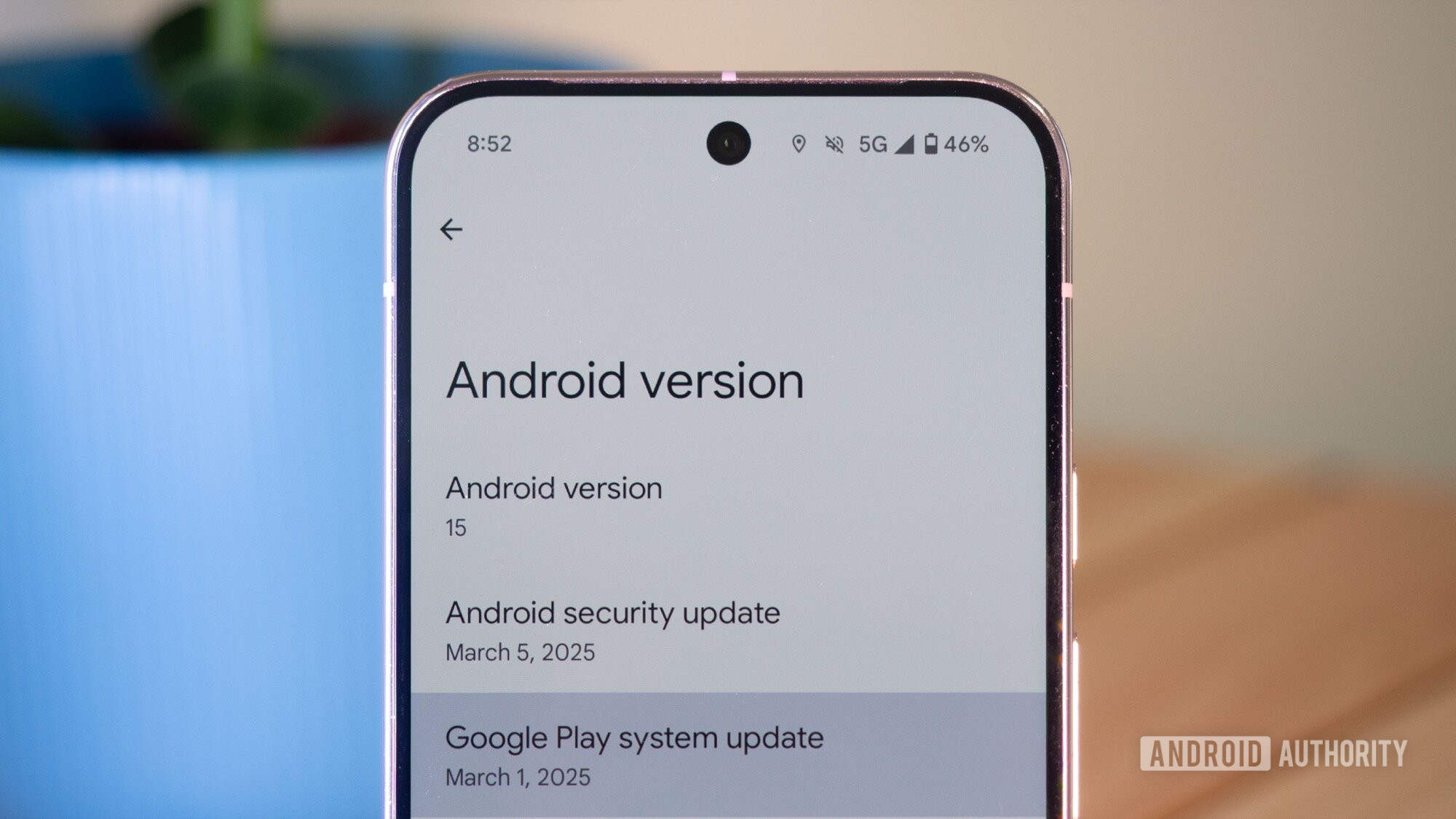
Rita El Khoury / Android Authority
Unfortunately, smartphones can’t always receive predictable, “just works” updates like laptops and PCs. Under the hood, there’s a range of bespoke hardware, each with quite varying capabilities, making maintaining new features for old hardware more of a hassle and less economical. From your phone’s graphics chip and modem to the ICs that charge your battery, various aspects of phone design change year by year, meaning that backporting features is not a given. Even Apple couldn’t bring Apple Intelligence to the iPhone 15 just a year after its launch.
It’s likely a similar case with Google’s Battery Health feature — it probably depends on a newer chip that older Pixels lack. Looking ahead, the Tensor G5 inside the Pixel 10 is expected to support ray-tracing, and we certainly can’t expect Google to bring that feature back to older phones that don’t sport the necessary hardware. Still, there are plenty of hardware-dependent upgrades that can be ported between handsets, ranging from the camera to AI, and more.
Google has helped phone software run for longer at the expense of low-level hardware updates.
Thankfully, Google has made Android feature upgrades easier in recent years by isolating low-level code, allowing more features to be updated independently of the Linux kernel. OS upgrades should be able to include new camera processing capabilities, updates to audio/video codecs, and even AI features for their full seven years, for example. As long as it can interface with existing hardware, support is possible.
However, abstraction has a limit; some features can’t be patched in without more work, even if there’s underlying hardware support. For example, Android 14’s low-latency camera APIs almost certainly require a low-level kernel update, as did the flashlight brightness API and Memory-Tagging-Extension support in Android 13.
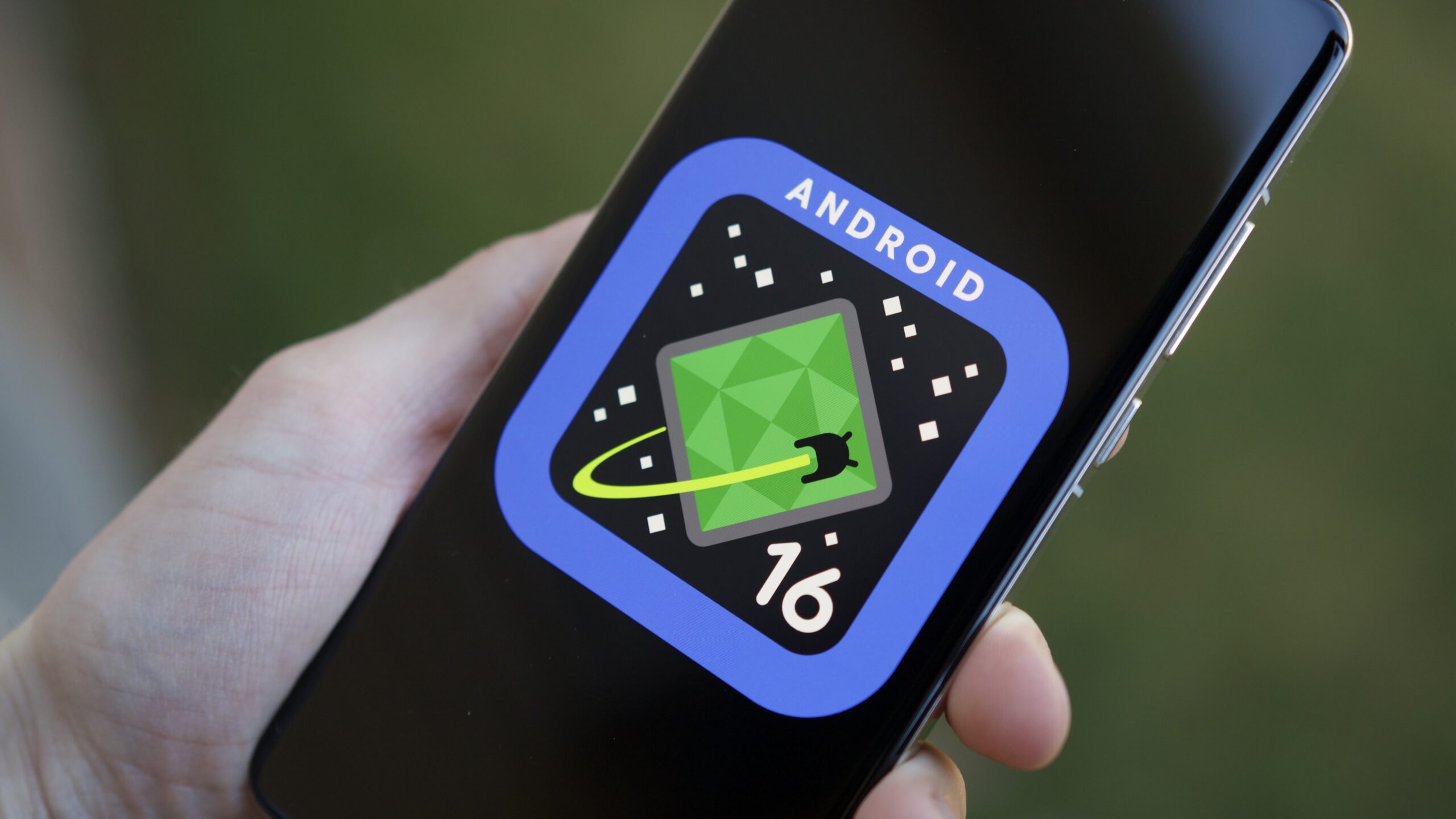
Joe Maring / Android Authority
Unfortunately, Google’s move to a three-year kernel upgrade cycle with the Longevity GRF program means that low-level upgrades might become even more spaced out, especially for brands that rely on third-party processors. In other words, features that require a brand new software interface with low-level hardware are even less likely to arrive in future OS upgrades than those that make “simple” software changes.
While seven years of updates means we can keep our handsets running longer, the trade-off is that the rules for kernel updates are a bit more relaxed, meaning some features can go AWOL from older phones. Thankfully, most user-facing OS features should be able to dodge this issue, but there are no guarantees over such a long period of time, especially in innovative areas like AI.
How to sell more phones in the age of long support
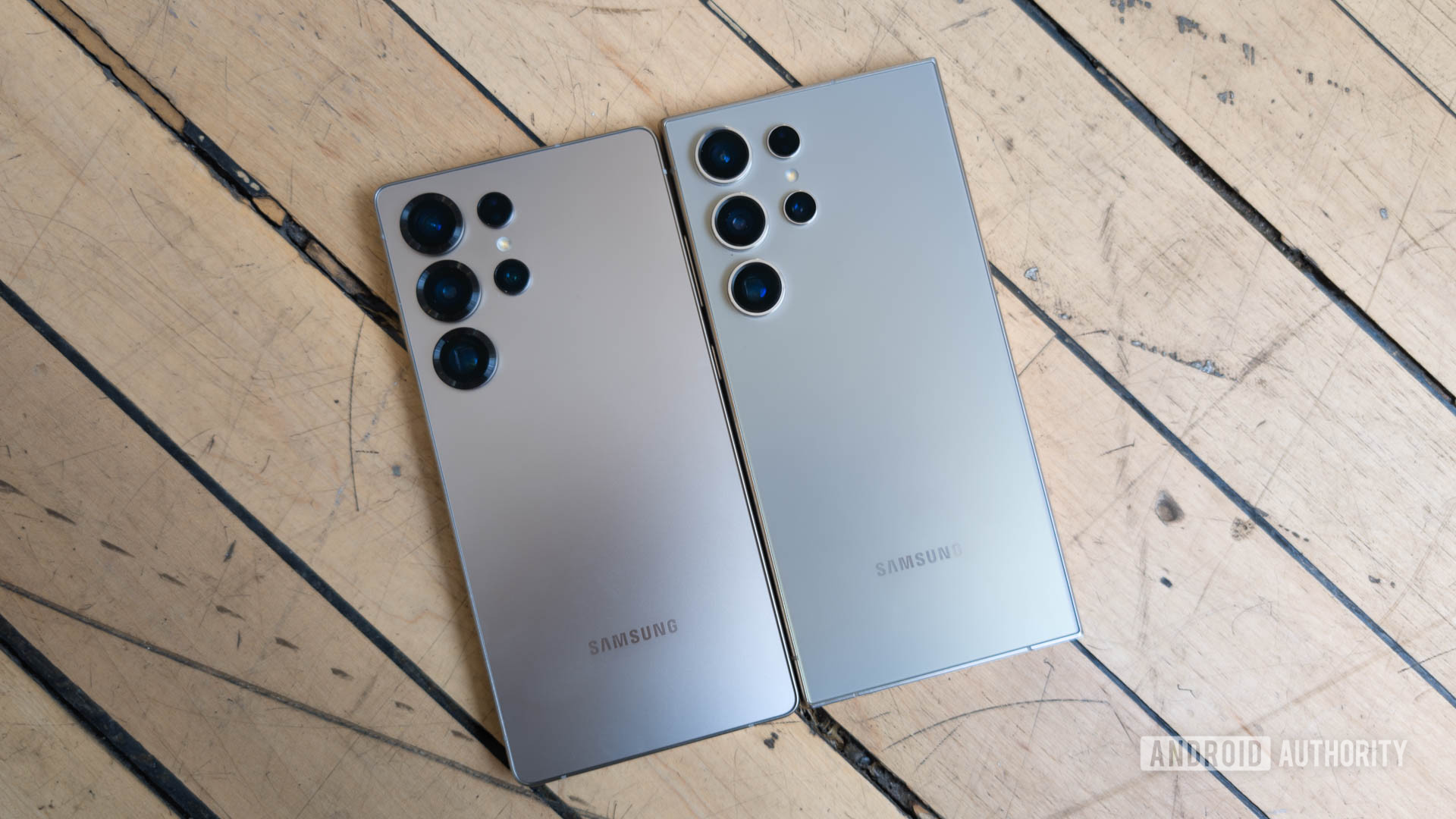
C. Scott Brown / Android Authority
Galaxy S25 Ultra (left) and Galaxy S24 Ultra
The less talked about dark side of seven-year update pledges is their economic viability. Even if a $799-$1,199 phone feels like it should buy seven years of updates, you can bet no one’s squirrelling away cash in a developer fund to cover engineer salaries in 2032. Much like the social security balancing act, the R&D and sale of new handsets almost certainly support developing features and updates for existing models.
Ironically, the promise of long-term support also boosts the resale market — yet brands see little to no profit from second-hand sales, even as they tout sustainability as a core value. As such, there’s a delicate balancing act: keep old phones relevant without cannibalizing new sales and choking off the funding that powers future updates.
No one’s squirrelling away engineer salaries for 2032, long-term updates require new sales.
Though ‘planned obsolescence’ tends to spark outrage, it seems inevitable that Apple, Google, and Samsung must reserve some features to attract new customers. At what point can a brand fairly say, “Hey, you want the new stuff, you have to buy the new phone?” Ideally, I’d say features should keep coming until the hardware can’t keep up, but with sluggish innovation, that’s more idealistic than realpolitik. Even so, omitting One UI 7 features from the two-year-old Galaxy S23 series seems punitively short.
Fair support and subtle arm-twisting for an upgrade seem incompatible — but honestly, you probably can’t have one without the other.
Between expectation management, hardware limitations, and the economic reality, delivering seven years of updates is a far darker business than the marketing suggests. I suspect we’ll see plenty more stories like the Pixel Battery Health fiasco as the upgrade counter ticks on. In the end, it’s a timeless reminder: buy a phone for what it does today, not for what it might do tomorrow.

